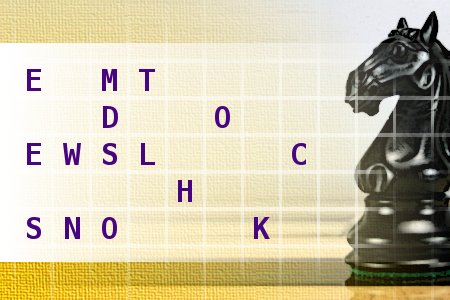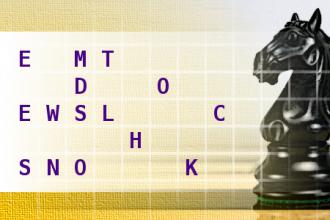Chess Knight Move
Find the country and its capital city, using the move of a chess knight. First letter is S. Length of words in solution: 6,9.Correct answers: 31
The first user who solved this task is Thinh Ddh.
#brainteasers #wordpuzzles #chessknightmove

April Fool's Day - Here are 5 pranks you can play on people
1. Hide an alarm clock in someone’s bedroom and set it for 3:00 a.m.
2. Remove the shower head and place a Lifesavers candy in it, then put the head back on.
3. Remove the shower head and place a chicken bouillon cube in it, then put the head back on.
4. Rearrange somebody’s drawers or file cabinets in a different order.
5. Tape magnets to the bottom of a cup, put it on the roof of your car and drive around.
2. Remove the shower head and place a Lifesavers candy in it, then put the head back on.
3. Remove the shower head and place a chicken bouillon cube in it, then put the head back on.
4. Rearrange somebody’s drawers or file cabinets in a different order.
5. Tape magnets to the bottom of a cup, put it on the roof of your car and drive around.

